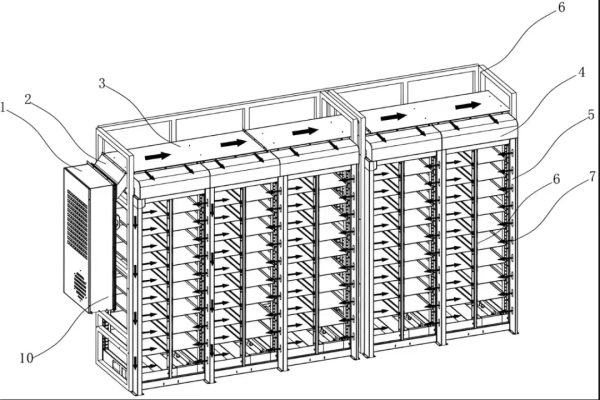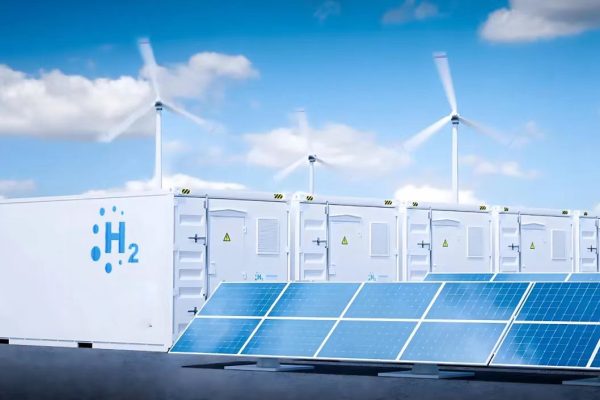Why Certifications Matter in Energy Storage Exports
For exporters of energy storage products, certifications are more than just labels—they are gateways to market access. European and North American buyers place significant emphasis on whether products meet regional compliance standards. Among the most important are CE certification for the European Union and UL certification for the United States. While both indicate product safety and conformity, they differ in scope, process, and implications for exporters.
This article outlines the key differences between CE and UL certifications, why they matter, and how exporters can align with international buyer expectations.
1. Certification Nature: Mandatory vs. Voluntary
CE (European Union)
- Mandatory for products sold within the EU.
- Serves as a legal requirement for market entry.
- Demonstrates compliance with EU directives such as the Low Voltage Directive (LVD) or Electromagnetic Compatibility (EMC).
UL (United States)
- Voluntary in theory, but strongly expected by buyers, insurers, and regulators.
- UL listing proves the product has undergone rigorous safety testing by Underwriters Laboratories or equivalent NRTL (Nationally Recognized Testing Laboratory).
Exporter Tip: For the EU, you cannot legally sell without CE. In the US, you can sell without UL, but most buyers will refuse unlisted equipment.
2. Scope of Coverage
CE
- Covers a broad range of directives including electrical safety, EMC, and environmental requirements.
- Focused on legal compliance and harmonization across EU member states.
UL
- Primarily focused on product safety (fire, shock, mechanical hazards).
- Does not cover all environmental or efficiency directives.
- Buyers may also require additional certifications such as FCC (for radio/electromagnetic compliance) or Energy Star (for efficiency).
Exporter Tip: CE is broader in scope, while UL is deeper in safety testing.
3. Testing and Declaration Process
CE
- Manufacturer conducts a conformity assessment.
- May involve self-declaration if the product falls under certain directives.
- Requires a Declaration of Conformity (DoC) and technical documentation.
UL
- Requires third-party testing by UL or another accredited NRTL.
- Testing is performed in UL-approved labs with ongoing factory audits.
- Results in a UL Mark applied to the product.
Exporter Tip: CE is more about documentation and responsibility, while UL involves external verification and audits.
4. Market Perception
European Union
- CE Marking is seen as baseline compliance.
- Buyers often assume CE is already included and may not see it as a differentiator.
United States
- UL Listing is considered a strong quality signal.
- Many buyers will reject non-UL equipment, regardless of other certifications.
Exporter Tip: In Europe, CE is expected; in the US, UL is often a competitive advantage.
5. Cost and Timeframe
CE
- Costs vary depending on directives and whether third-party notified bodies are needed.
- Can be faster and less costly if self-declaration applies.
UL
- More expensive due to mandatory third-party testing and audits.
- Takes longer, as lab scheduling and certification processes are strict.
Exporter Tip: Budget more time and resources for UL certification if you plan to target the US market.
6. Common Misconceptions
- CE is not a quality mark—it indicates compliance, not superiority.
- UL is not mandatory—but practically required by market forces.
- Some products may require both certifications if you aim for global export.
Aligning Certifications with Export Goals
For energy storage exporters, understanding the differences between CE and UL certifications is essential.
- CE (EU): Mandatory for legal market entry, broader in scope, with potential for self-declaration.
- UL (US): Voluntary but market-driven, stricter in safety testing, and highly valued by buyers.
To succeed internationally, exporters should plan certification strategies according to target regions, factoring in time, cost, and buyer expectations. Having both CE and UL can significantly enhance credibility and make your energy storage solutions more attractive to global clients.









